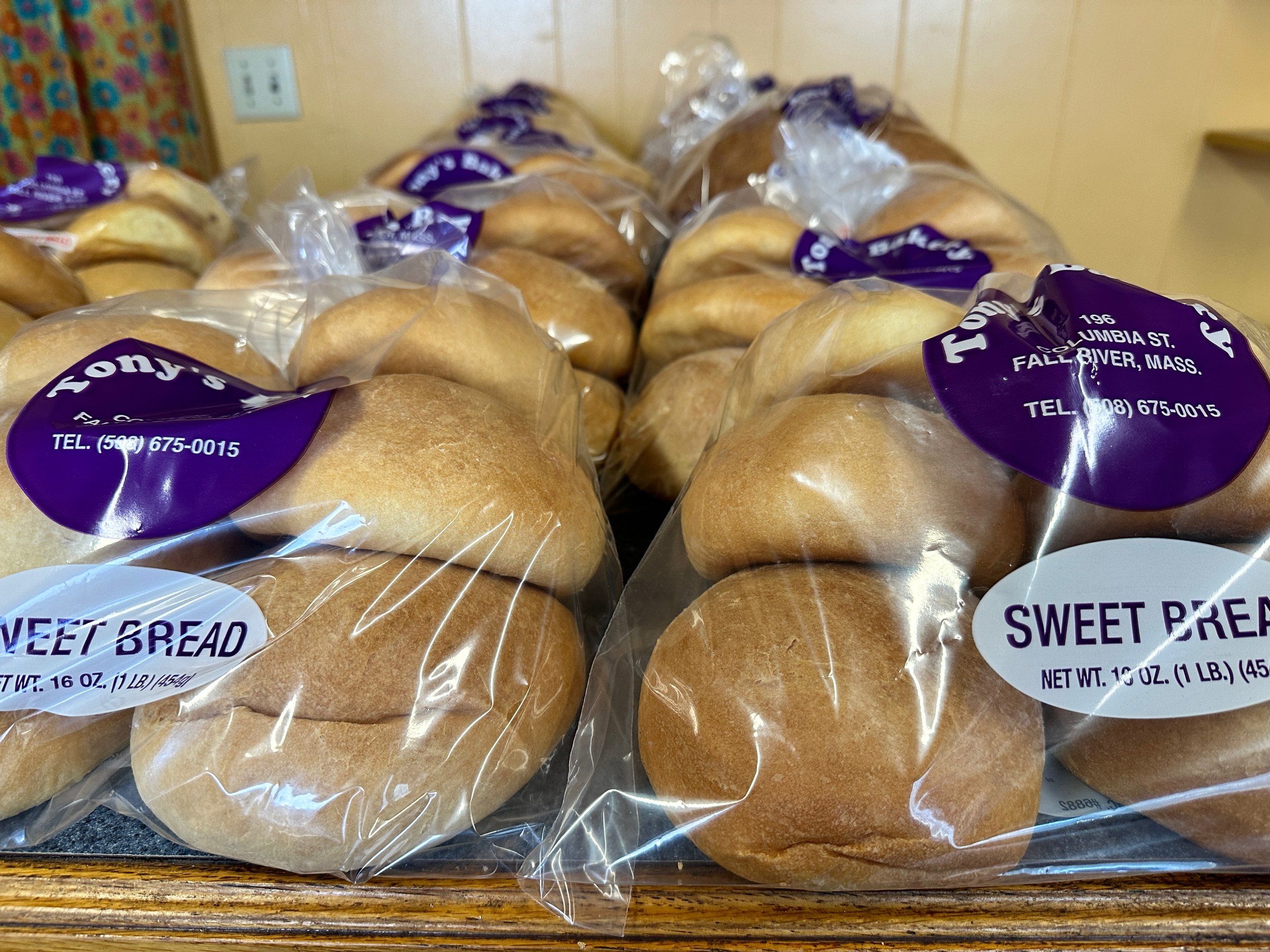
Make it stand out
About Sweet Bread
Puerto Rican Sweet bread - Pan Sabao is a pillowy soft semi-sweet Puerto Rican sweet bread. Traditionally made with lard, nowadays it is also made with vegetable shortening. The long breads are typically sold with two per bag. They originated in the Spanish island of Mallorca (hence the name), but are a beloved staple in Puerto Rican cuisine.
They're commonly found across the island, used as the base for ham and cheese sandwiches, cubans, and more. Any leftovers make a truly special base for bread pudding (budin).
Available at Lorenzo’s Bakery in New Bedford
Guatemalan sweet bread - Guatemalan pan dulce, or sweet bread, is a beloved part of the country’s culinary heritage. From soft campechanas to crunchy champurradas, each sweet bread has a unique combination of flavors, textures, and shapes. Whether it’s eaten for breakfast, snack time, or dinner, Guatemalans always bring sweet bread to the family table. The variety of sweet bread in Guatemala is extensive. Check this link out for more in-depth info on history and traditional role in Guatemalan culture:
Available at Sara’s Bakery in New Bedford
Lebanese Sweet Bread - Ka’ak ( Ka’ik) like many sweet breads, can be eaten at anytime of the day, toasted for breakfast, with a cup of tea , or as a dessert with a cup of coffee. Ka'ak Bread or Lebanese Purse Bread is a very popular flatbread found in the streets of Beirut, Lebanon. The bread is often shaped in a teardrop shape with a hole in the center making it look like a purse.
Ka'ak is a very famous and popular street bread sold all over the city of Beirut. It is mostly sold by street vendors on a bicycle where they hang the bread from a pole for easy transportation. The Ka'ak bread is also called the handbag bread or the purse bread because of its shape. The bread is a very basic simple recipe that is slightly crusty on the outside and has a great airy crumb inside.
This Lebanese Purse Bread has a 3 rise instead of the regular 2 rises and that really makes a difference in the flavor.
Available at Mario’s Bakery in Fall River
Portuguese Sweetbread - Massa sovada originated in the Azores islands, but can also be found in Portugal, where it is more popularly called pão doce, meaning sweet bread. In Portuguese communities throughout the U.S. and Canada, it's also common to find massa sovada at community celebrations such as their annual festa. Traditionally, massa sovada is baked in Portugal for religious holidays such as Easter and Christmas but is commonly made for other celebrations as well. On Easter specifically, a variation of the sweet bread is prepared, called folar da páscoa, and it represents the bread served at the Last Supper. The difference between massa sovada and folar is that a folar is baked with a whole egg on top to represent the rebirth of Christ, covered by dough in the shape of a cross representing the crucifixion of Christ.
Having a deep golden brown color when baked, Portuguese Sweet Bread is light, tender and airy within. It's enriched with butter, eggs and whole milk, making it totally irresistible!
